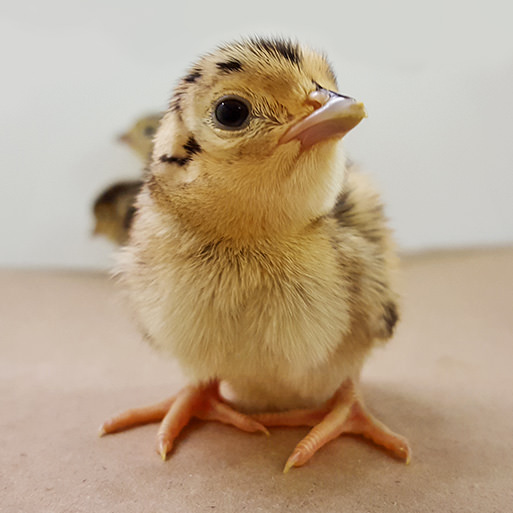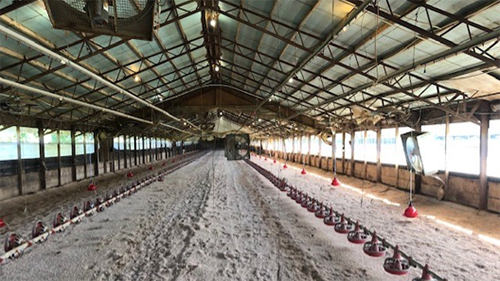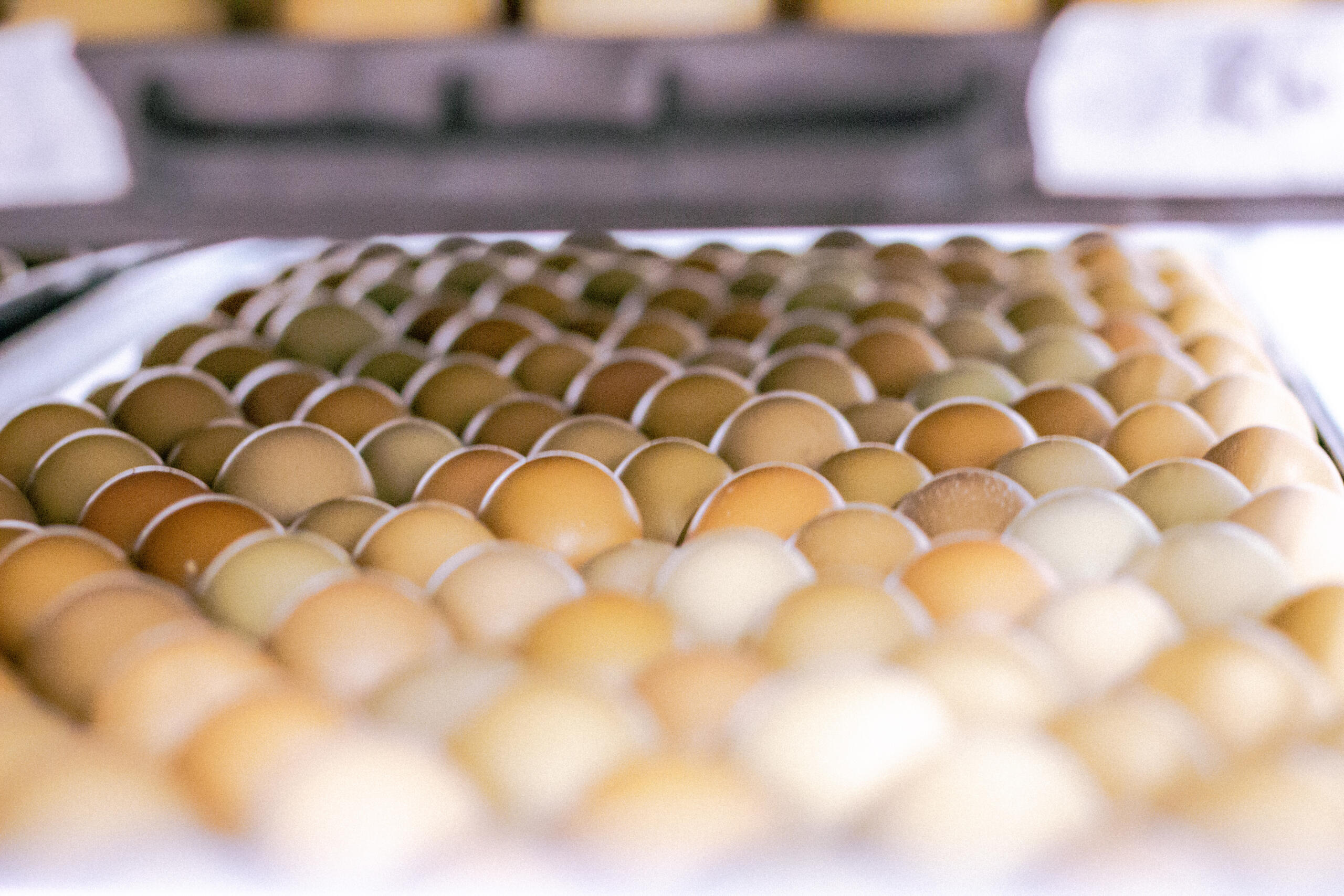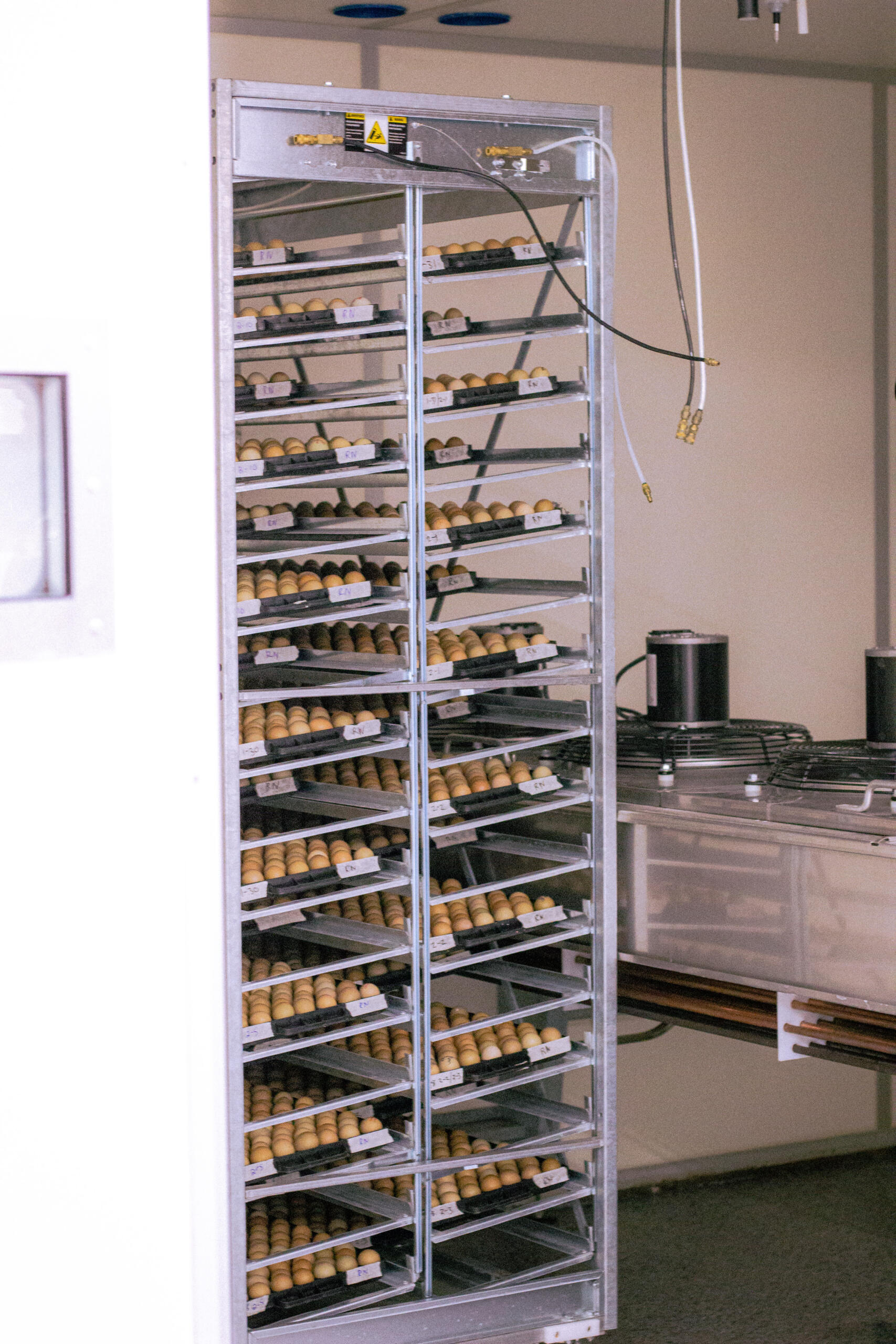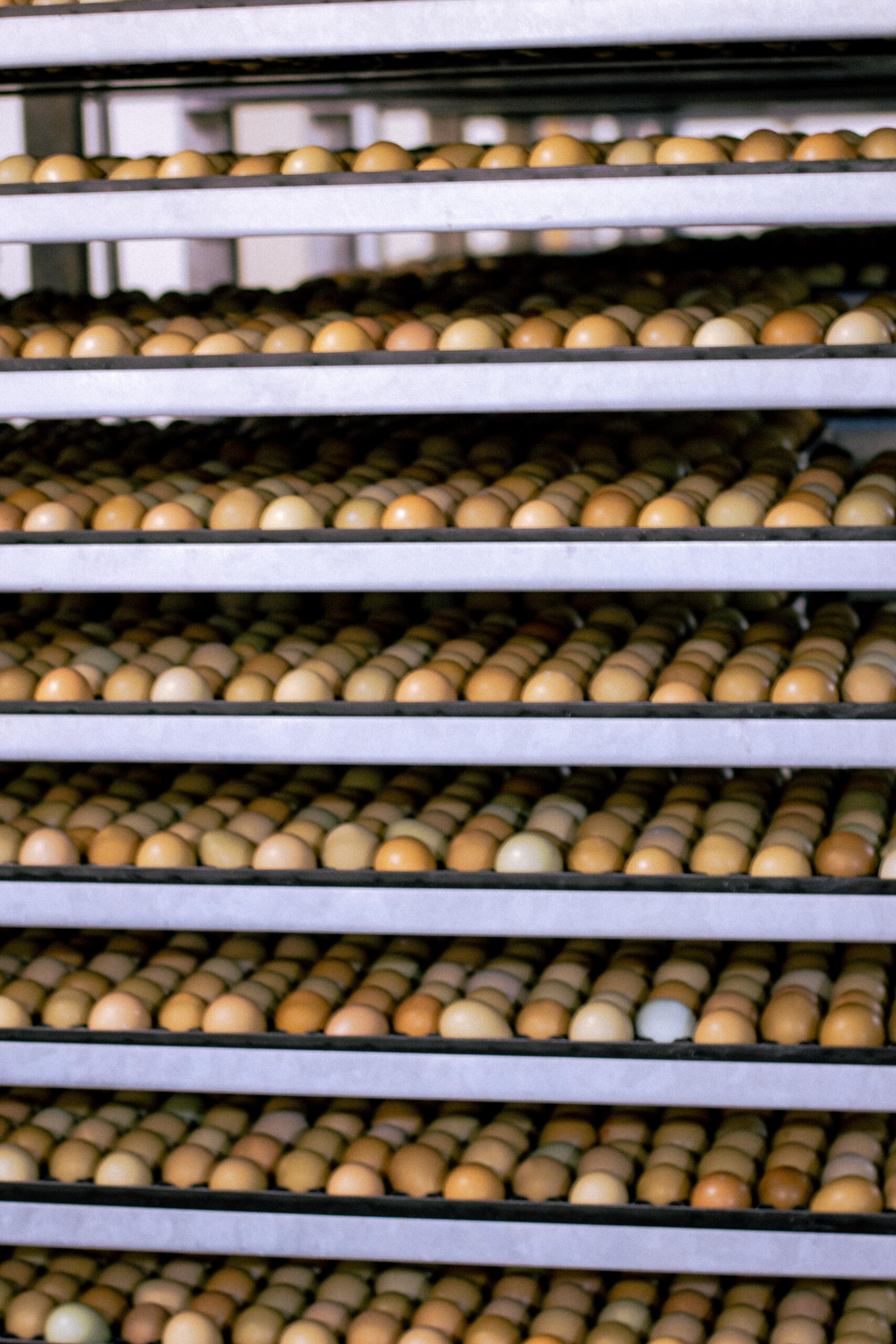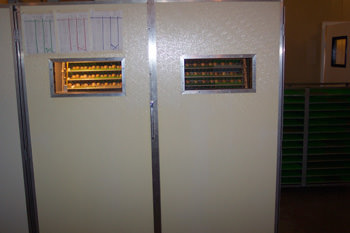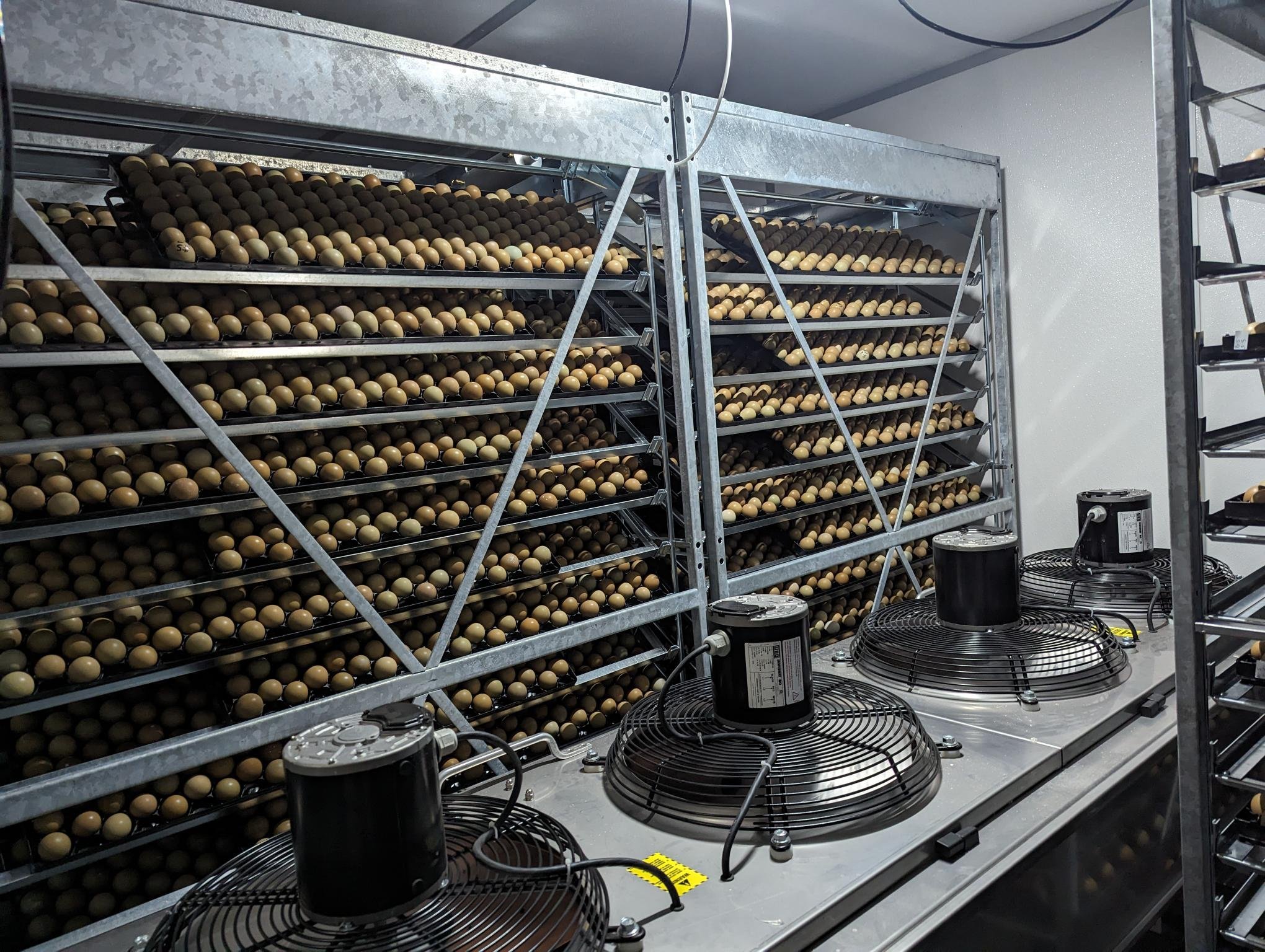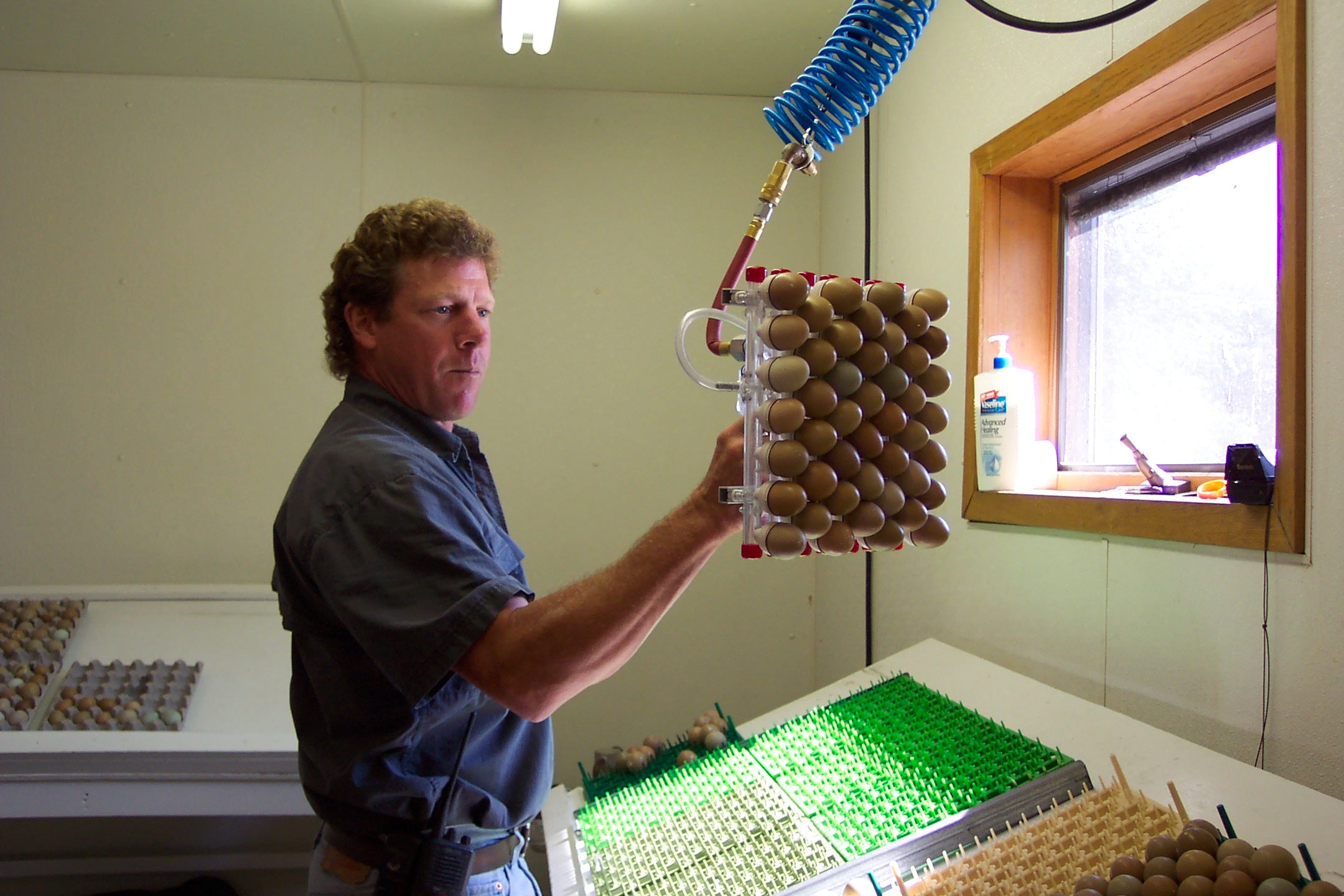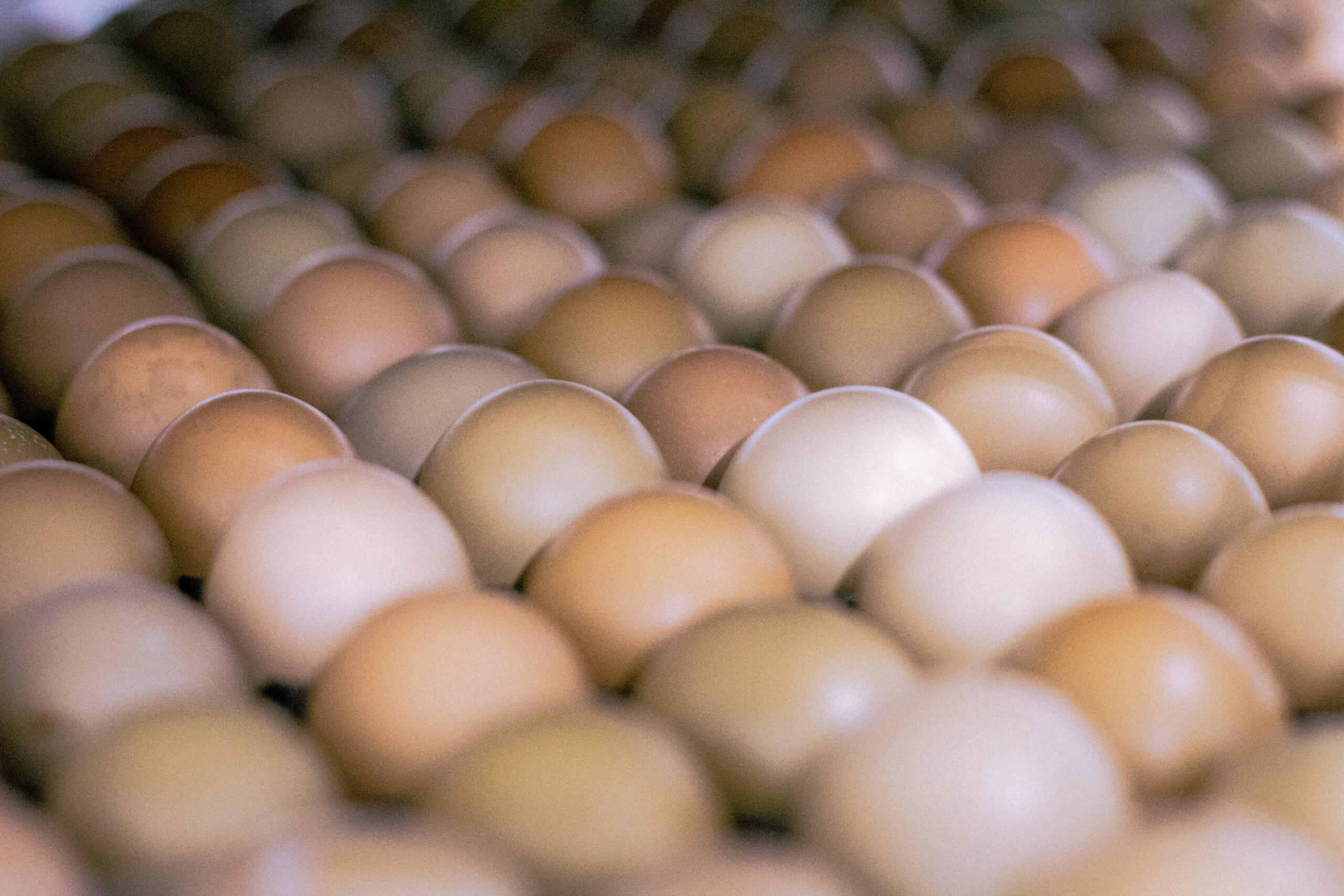Single-Stage and Multi-Stage Pheasant Egg Incubation
Hatching pheasant eggs requires an incubation time of 23-25 days. The incubation time is affected by temperature, genetics and management; these factors are considered the most important part of hatching in our hatchery department. There are two different processes to hatch poultry eggs – single-stage and multi-stage incubation. We use [...]
Read Post
MacFarlane Pheasants, Inc. Egg Production
Troy, Director of Production here at MacFarlane's, revealed some great news about egg collection at MacFarlane Pheasants’ facilities during the 2021 season. We collected 2.2 million eggs between January 25, 2021, and July 15, 2021, from the 17,600 breeders located at our Missouri sites and the 9,000 breeders that we [...]
Read Post
Incubating and Hatching Pheasant Eggs
Incubating and hatching pheasant eggs requires a specific process to ensure success. The process we use at MacFarlane Pheasants is documented in our online booklet called The Complete Guide to Incubation. You can download our booklet for free and try incubating and hatching your own baby pheasants! Let me use this [...]
Read Post
Download The Complete Guide to Incubation
During the month of April, I wrote an article about practices for incubating and hatching eggs in our hatchery that was an overview of our practices at MacFarlane Pheasants. We hatch over two million chicks per year so our staff is quite knowledgeable about incubating eggs and hatching baby chicks! [...]
Read Post
Our Tips For Increasing Egg Production
The fact that egg production begins in spring is not a coincidence. This instinctive process is in response to the longer daylight hours. As a farm that hatches more than 1.5 million chicks, we have put an enormous amount of time and energy into finding successful ways to increase egg production. [...]
Read Post
Humidity in the Incubator
It is agreed among poultry embryologists that the effect of humidity levels during incubation is much less drastic than that of temperature levels. The humidity level needed to have a large effect on the embryo during incubation is 5-6± %. This does not minimize the importance of humidity during incubation [...]
Read Post
The Circle of Pheasant Farming Sanitation
Proper egg collection and sanitation procedures are key components of early chick health. Cleaning eggs in an effective manner reduces the prevalence of diseases such as E-coli and yolk sac infection in day old chicks. The egg begins to cool as soon as laid. The cooling process pulls any contamination [...]
Read Post
CO2’s Effect on the Incubation Process
Large hatcheries have realized for a long time that carbon dioxide (CO2) levels in the incubator have important effects on freshly set eggs. The standard belief is that bird embryos just beginning to develop need a higher CO2 level to get a better start. What the exact reason and mechanism behind this [...]
Read Post
Incubation of Pheasant Eggs
Presented by: Vern L. Christensen Department of Poultry Science North Carolina State University See full PowerPoint presentation here The final destination of the properly managed fertilized pheasant egg is the incubator within the hatchery. Modern-day hatcheries generally have egg-setting capacities of thousands of eggs. Fertilized pheasant eggs have a 24-day developmental period [...]
Read Post


